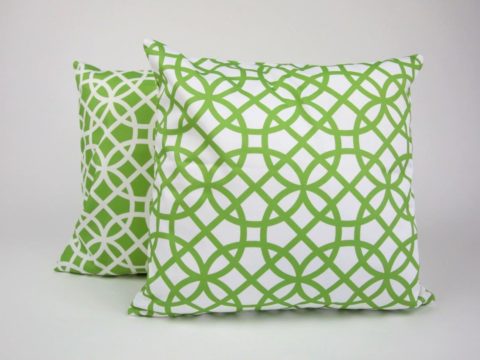Margaret Douglas: Life Story
Chapter 16 : Plotting the Darnley Marriage
As soon as Queen Mary was known to be widowed, it was immediately assumed in both Scotland and England, that the Lennoxes would try to arrange her marriage to Darnley. Simultaneously, Chatelherault was hoping she would marry his son, James Hamilton, Earl of Arran, who was also a possible suitor to Elizabeth. Margaret wrote letters to Queen Mary, which were delivered in person by Darnley, who had been allowed by Elizabeth to go with her own Ambassador to offer condolences. Mary, however, was far more interested in a match with Spain, and paid little attention to the young man.
In August of 1561, Mary, Queen of Scots returned to take up personal rule of her kingdom. This completely negated any requirement for a regent (Marie of Guise having died) and so that immediate bone of contention between Chatelherault and Lennox was removed, although they still vied to be nominated as her heir. On the Queen’s return, Lennox again petitioned for reinstatement of his lands, but Mary prevaricated. Thomas Bishop, the man noted above as Margaret’s enemy, told the English government that Margaret was regularly communicating with her niece, and perhaps giving her more information about happenings in England than should have been shared with a foreign ruler.
Margaret was certainly promoting the idea of a marriage between Queen Mary and Darnley at this time, and Queen Mary later said that she had been pestered with endless letters, messages and presents.
In November 1561, Margaret and her children were summoned to London. The Catholic Earls of Northumberland and Westmoreland were similarly called for. The Spanish Ambassador, de Quadra, reported that Margaret feared arrest, and was determined to defend her actions by saying that the marriage of Mary and Darnley would avert civil war, in the event of Elizabeth’s death without heirs.It does not appear that Margaret obeyed the summons, although what excuse she sent is unrecorded.
Margaret was also accused to the Council of seeking to prevent a meeting between Mary and Elizabeth, on the grounds that she was afraid Mary would let slip information about their correspondence. However, it is absolutely clear that Elizabeth’s government, Cecil in particular, did not want Elizabeth and Mary to meet, and, if Margaret did warn Mary that to leave Scotland would risk the English capturing her capital, she probably had truth on her side – the English government was continuing to support the Lords of the Congregation against their lawful Queen, although more subtly than previously.
Queen Mary, of course, was far more interested in being named Elizabeth’s successor directly, than embroiling herself with the Lennoxes, and was quite willing to inform Elizabeth’s Council about her dealings with them.
In January 1562, Margaret was horrified to hear that Lennox had been arrested in London and was being held at the home of the Master of the Rolls. He had travelled to London to explain some rather unfortunate missives to Scotland that had fallen into the hands of the government. Thomas Bishop, who had once again been sacked by the Lennoxes, who accused him of spreading malicious lies about them, outdid himself in his accusations against them – everything from consulting astrologers to cowardice on the part of Lennox, and illegitimacy on the part of Margaret.
There was no help forthcoming from Scotland – Queen Mary had no interest at this stage in Darnley or his parents. Another of the Lennox servants was questioned – Francis Yaxley, who seems to have been at one time a confederate of William Cecil and sat for Stamford in the 1555 Parliament (Cecil’s own borough). However, whether he was a spy for the English government throughout his service to the Lennoxes, or whether he just confessed everything he could think of to save himself, will never be known. In any event, he confirmed that he had, on Margaret’s behalf, been seeking to arrange the marriage of Darnley to Queen Mary.
Following this, Lennox was removed to the Tower and Margaret was arrested at Settrington and brought to London, where she was placed under house arrest with Sir Richard Sackville, in the old Charterhouse at Sheen.
Lady Margaret Douglas
Family Tree








